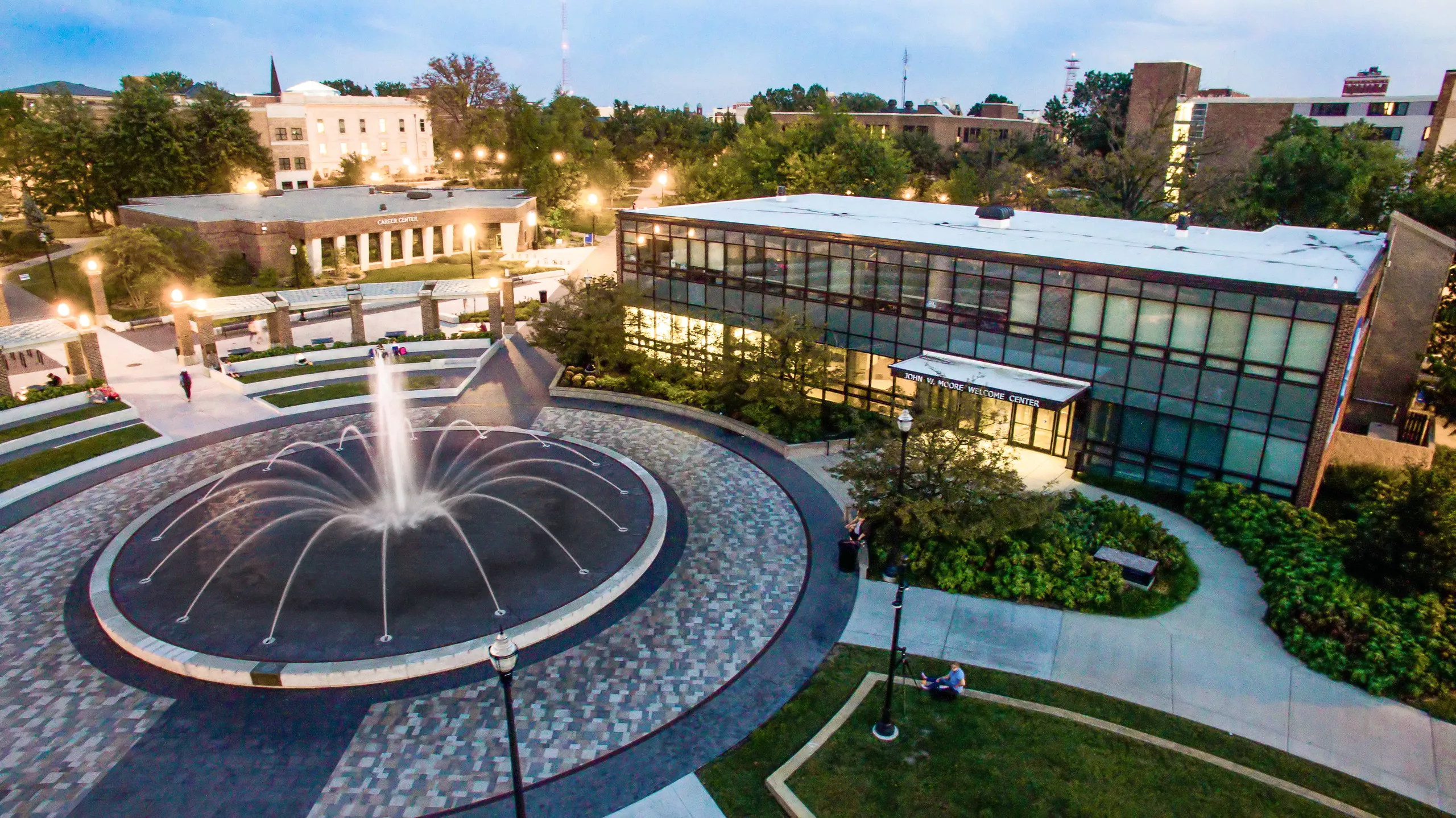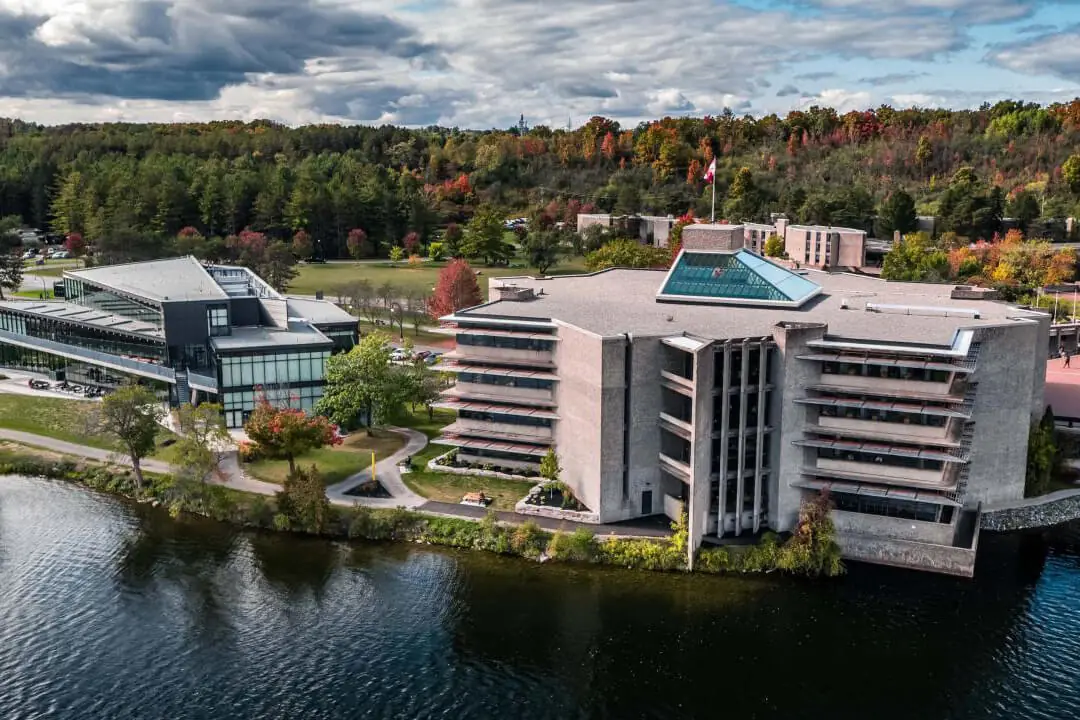
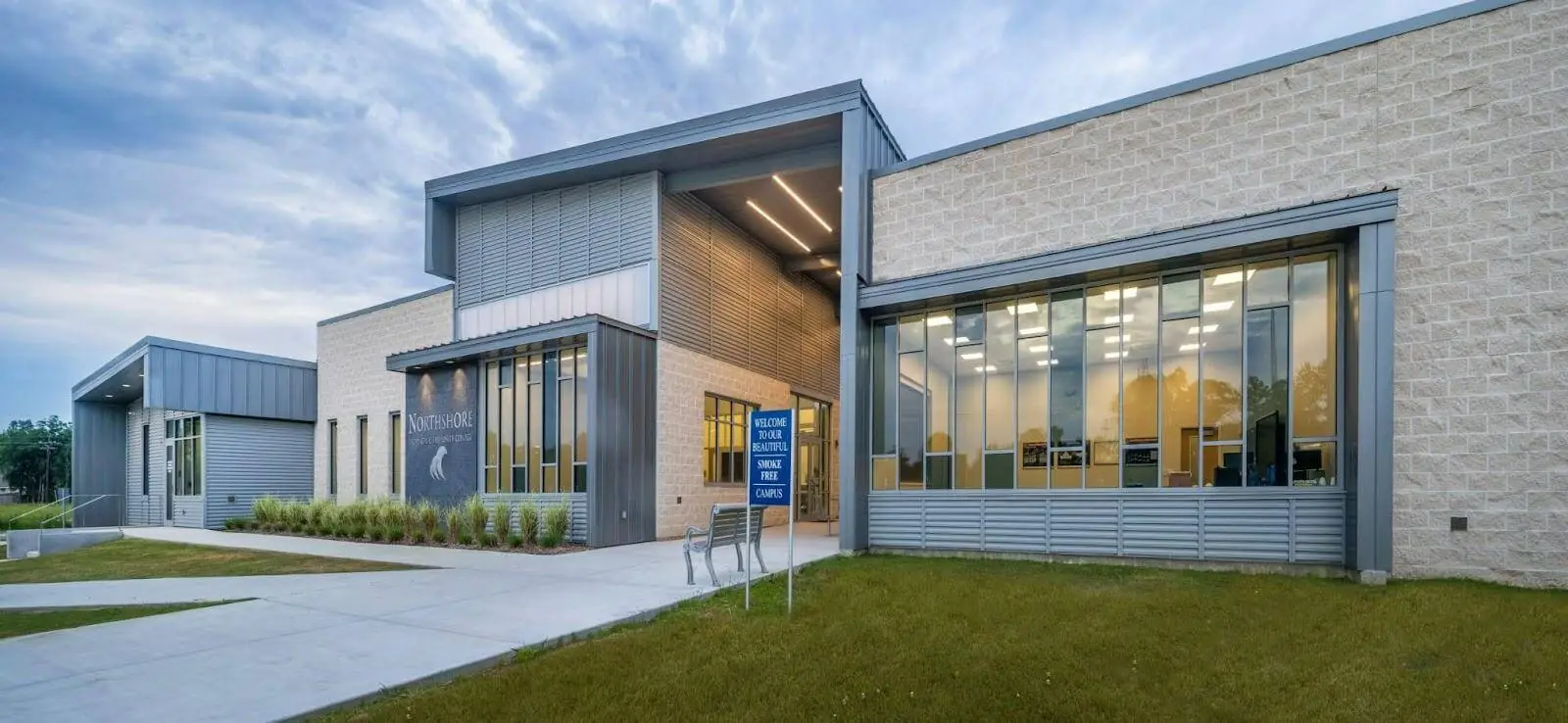
Introduction
Introduction
The Louisiana Community and Technical College System (LCTCS) is comprised of 12 institutions that serve more than 150,000 students statewide, including Northshore Technical Community College (NTCC). LCTCS is charged with purchasing technology for all colleges in the system.
To get the most out of educational technology, learning coordinators across the state meet weekly to discuss strategies. “A number of us were concerned about our accessibility within Canvas,” said Amanda Jacob, Director of Online Learning at NTCC, adding that one of the members of our learning group had started reviewing the YuJa Panorama LMS Accessibility Platform.
In addition to her role, Jacob also serves as the institution’s Canvas administrator and continues to teach courses. She’s worked with a number of learning management systems (LMSs) and understands educational technology from several perspectives.
25+
Programs
4500+
Enrollment
1930
Founded
6
Campuses
About the College
About Northshore Technical Community College (NTCC)
For over 90 years, Northshore Technical Community College (NTCC) has served the greater Northshore Louisiana region by offering workforce education and transfer opportunities culminating in specialized industry-based certifications, technical diplomas, and associate degrees and in-demand occupations. NTCC is part of the Louisiana Community and Technical College System, the most geographically diverse system of higher education in the state.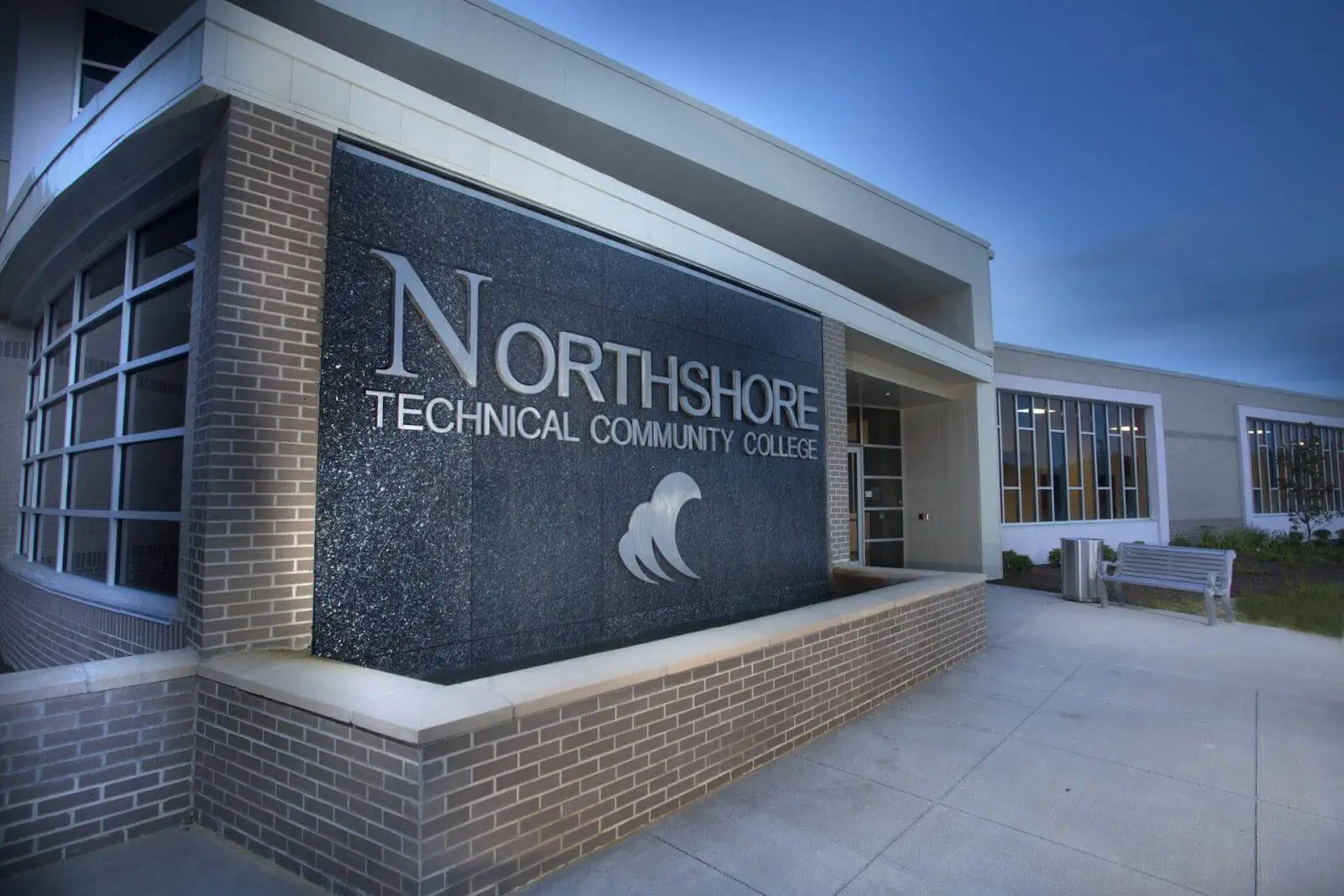

“Now faculty are held accountable because we check at the beginning of the semester, and in the middle of the semester, and at the end of the semester.”
Accessibility
Accessibility is a High Priority at NTCC
Since taking on the role in 2022, Jacob said one of her priorities has been improving accessibility. Before YuJa Panorama, there wasn’t a college-wide accessibility solution. Many teachers were working to improve their documents before putting them in the LMS, but often didn’t understand things like contrast, headers, paragraph levels or reading orders. Some were reordering things on their own, which can cause an increase in accessibility issues.
“While we were training teachers, we weren’t always holding them accountable,” Jacob said. “But now, faculty are held accountable because we check at the beginning of the semester, and in the middle of the semester, and at the end of the semester.” As needed, additional training opportunities are provided. “Analytics have been a game changer for me, because it allows me to see who is still not quite where I need them to be.”

Integrating
Integrating with the Canvas LMS
Jacob explained that the Canvas instance is unique with the system office holding the root account and each institution having its own sub-account. “During the evaluation process, we have to think about companies that respect our need to have sub-accounts. We were fortunate that our system office also recognized the need for accessibility, so as a larger cohort, we adopted YuJa Panorama.”
Leaders evaluated several accessibility solutions, but YuJa stood out because of its ease of use for those with varying degrees of technical expertise, the frequency in which updates are planned and implemented to keep up with best practices, and the support provided throughout every step of the customer journey.
“One of the things I’ve noticed in the world of ed-tech is some companies promise support, but then when push comes to shove, the support really isn’t there,” Jacob said. “One thing that I enjoyed from the moment that we were even investigating YuJa is we were given people to answer questions for us and everybody was so available and kind and supportive.”

The Journey
The Journey to Improved Accessibility
Before implementing YuJa Panorama, the institution scored at 62% for overall accessibility. “What getting this baseline did was force my faculty to reckon with the fact that they were not as comfortable with accessibility as I thought they were,” Jacob said.
Through a targeted approach, faculty worked up to 75% within the first six months, and the number of complaints to the Department of Online Learning dropped dramatically. The next target was set at 85%. “What we noticed is our faculty started thinking differently about what they chose and they started making better choices about ancillary materials. And so they started thinking about accessibility on the front end instead of the aftermath,” Jacob stated.

Another benefit was students were doing better in courses where the teachers were being intentional about accessibility. “It was kind of a domino effect where we had YuJa as that tool to kind of help our teachers visualize and understand what students were looking at. and then it, in turn, impacted our students because our teachers were being much more thoughtful and much more intentional about the choices they make,” Jacob attested.
Today, the institutional accessibility score sits at 93% for overall accessibility.
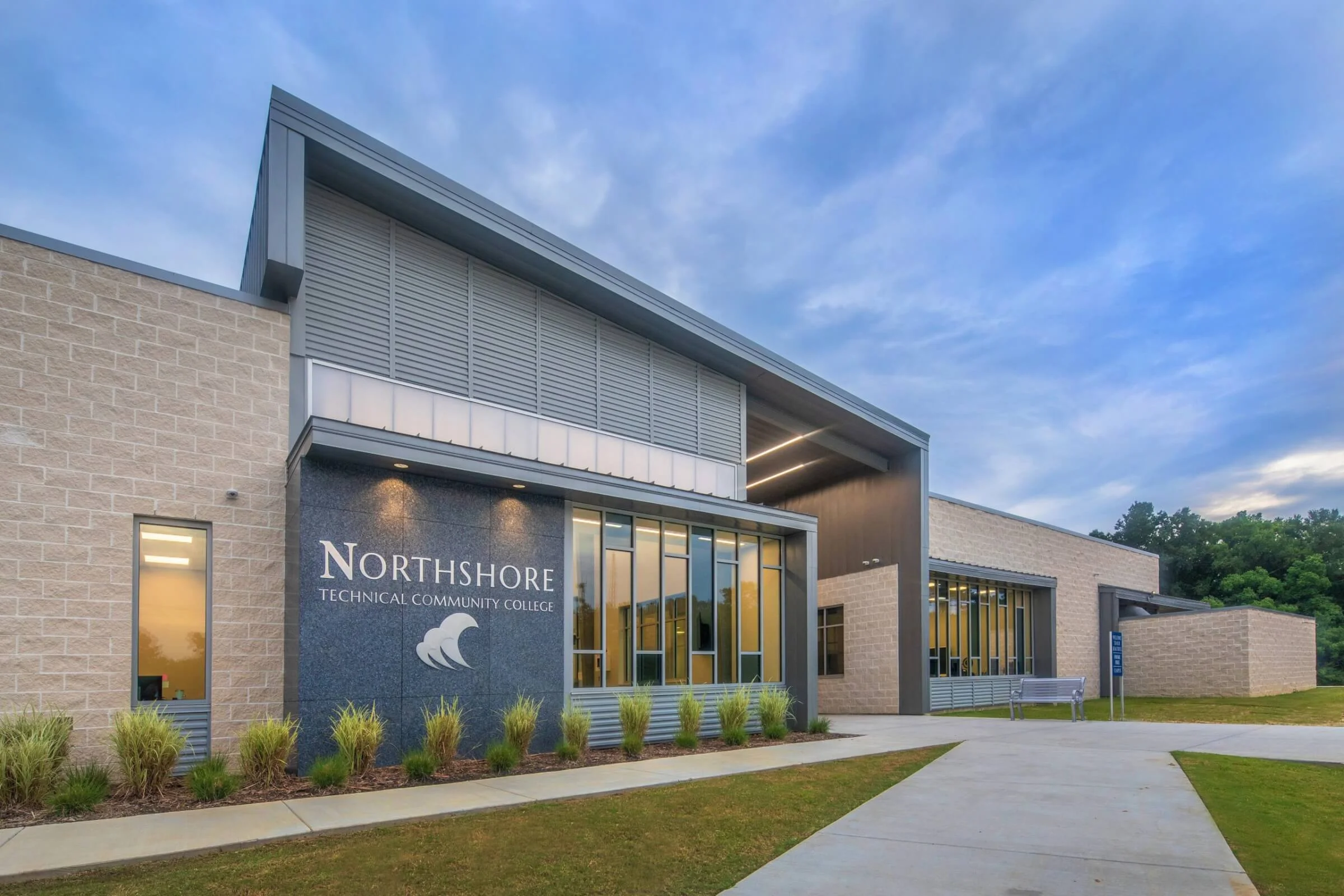
Instructors Continue to Pick Up Use of New Features
Instructors Continue to Pick Up Use of New Features
In addition to the traditional accessibility features instructors use, instructors at NTCC have been immersing themselves in newer features, such as the YuJa’s PDF Remediation tool, which allows instructors to make PDFs accessible, and design tools.
“PDFs are one of our biggest struggles, so having the ability to have it tell them what’s wrong… is huge on the faculty side and on my side,” Jacob said, adding that she sorts errors by content to see categories and plan training around common problem areas.
In addition to instructors, staff from the Office of Accessibility have “enrolled” in courses as students to help assess issue areas and coach faculty members on accessibility issues students may have.
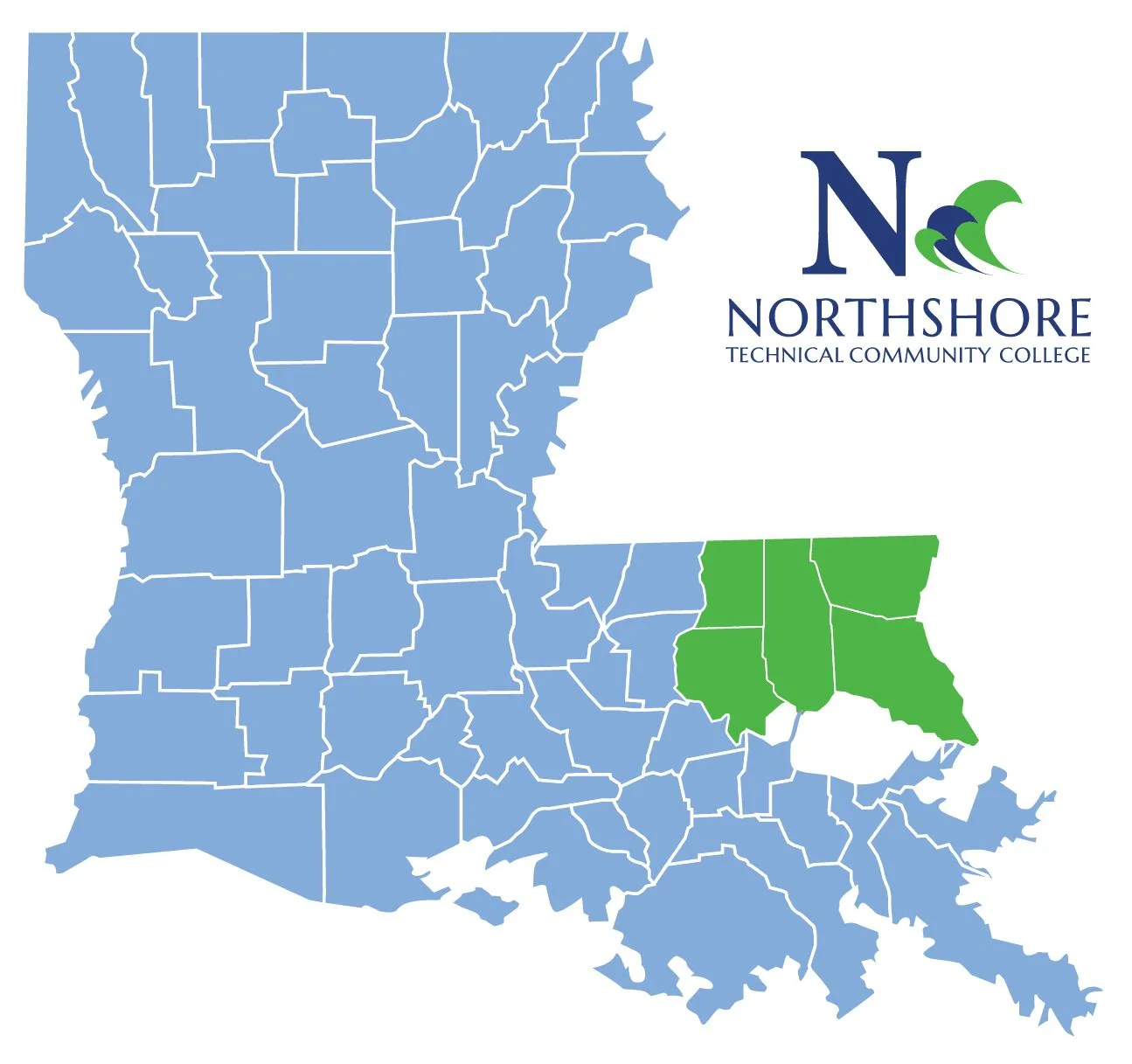
Advocating for Themselves
Students Are Advocating for Themselves
Jacob said one unexpected, yet positive, development she’s noticed is students advocating on behalf of themselves. In fact, one student emailed their instructor asking for the YuJa Panorama accessibility icon to be turned on in the instructor’s course. YuJa Panorama gives students self-serve accessibility tools like the ability to download alternative formats, adjust settings to meet their needs, and save their preferences for later use.
“We’ve really seen that our students with accommodations can take a lot more ownership of their own education, and they’re not necessarily relying on a teacher to produce something for them,” Jacob said. “That’s been a game changer to me, because a lot of times in the community with individuals with special needs there’s a lot of waiting on somebody else. YuJa Panorama is giving them the power to really change the way they approach their education.”

Continued Support
NTCC Lauds Continued Support
Institutional leaders have been pleased with support, with Jacob noting that it’s one of the many reasons she advocates for extending NTCC’s contract with YuJa. “One of the things that keeps me positive about YuJa is the support is continuous,” she said, adding that she receives update emails and training on new features.
Highlights
NTCC was able to bring its overall accessibility score from 62 to 93 percent using the Panorama Digital Accessibility Platform and targeted training.
02.
Northshore Technical Community College is one of 12 institutions in the Louisiana Community and Technical College System, which provided YuJa Panorama to member institutions.
03.
Instructors, students and other departments have provided positive feedback about YuJa Panorama for its features, rapid updates, and strong support.
“YuJa has provided a useful easy product that has truly revolutionized our ability to support all students in their learning journeys.”
Amanda Jacob
Director of Online Learning
Northshore Technical Community College

